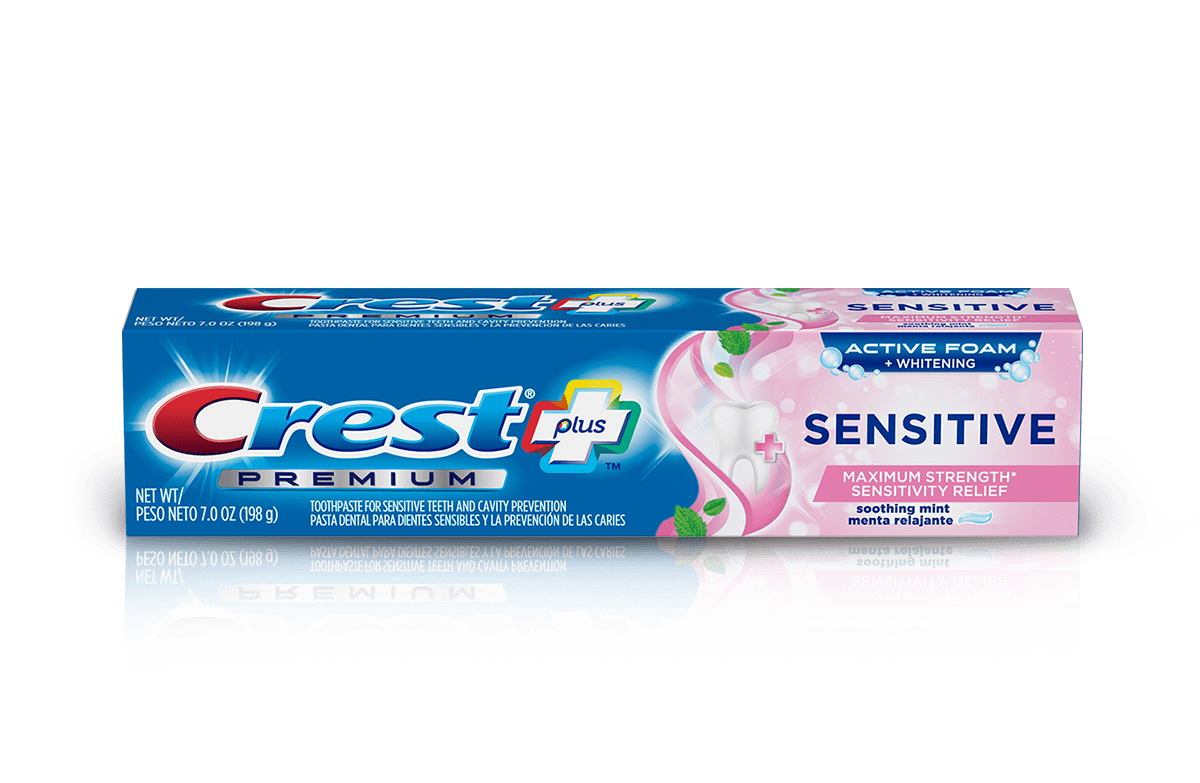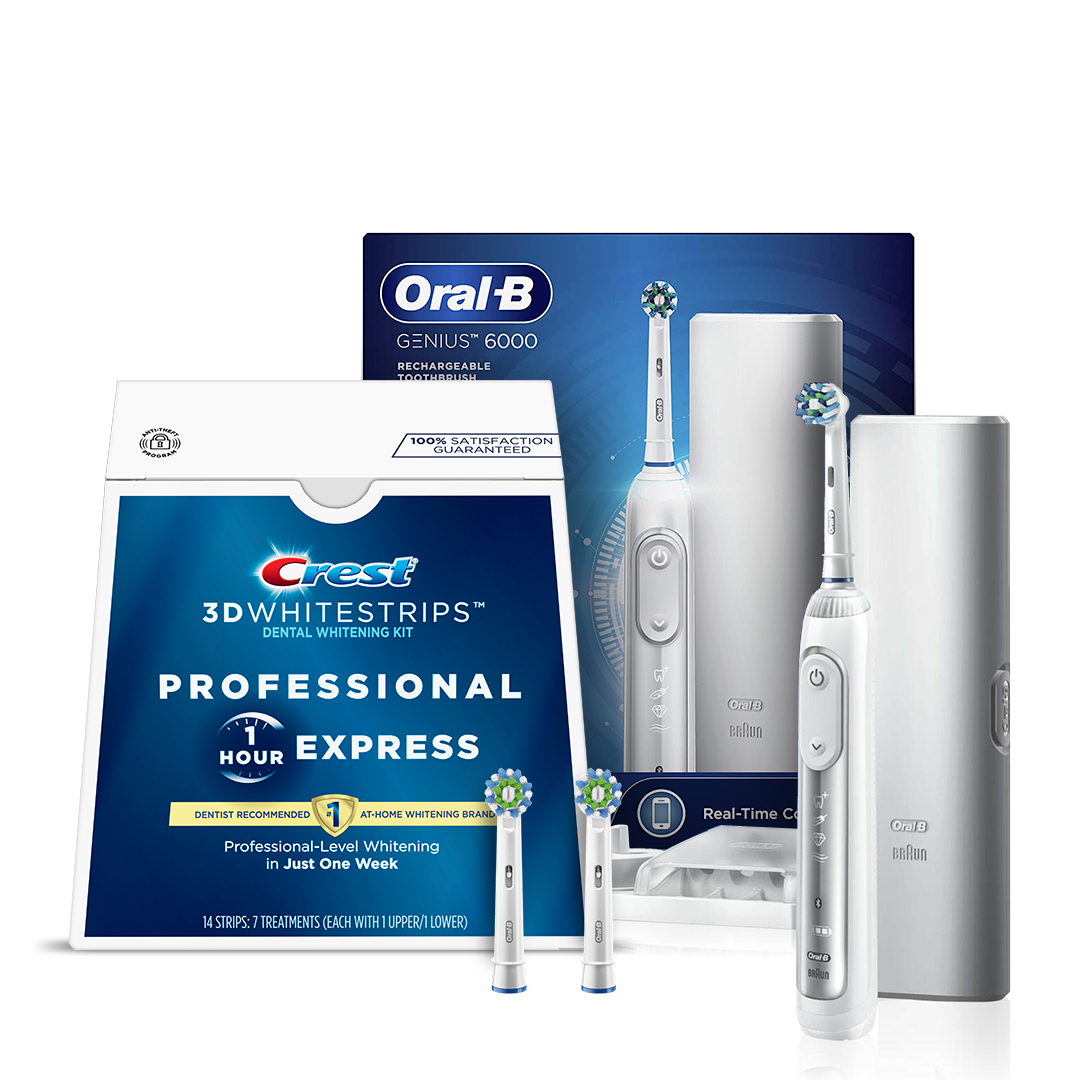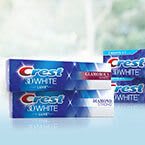TOOTHPASTE
History of Toothpaste
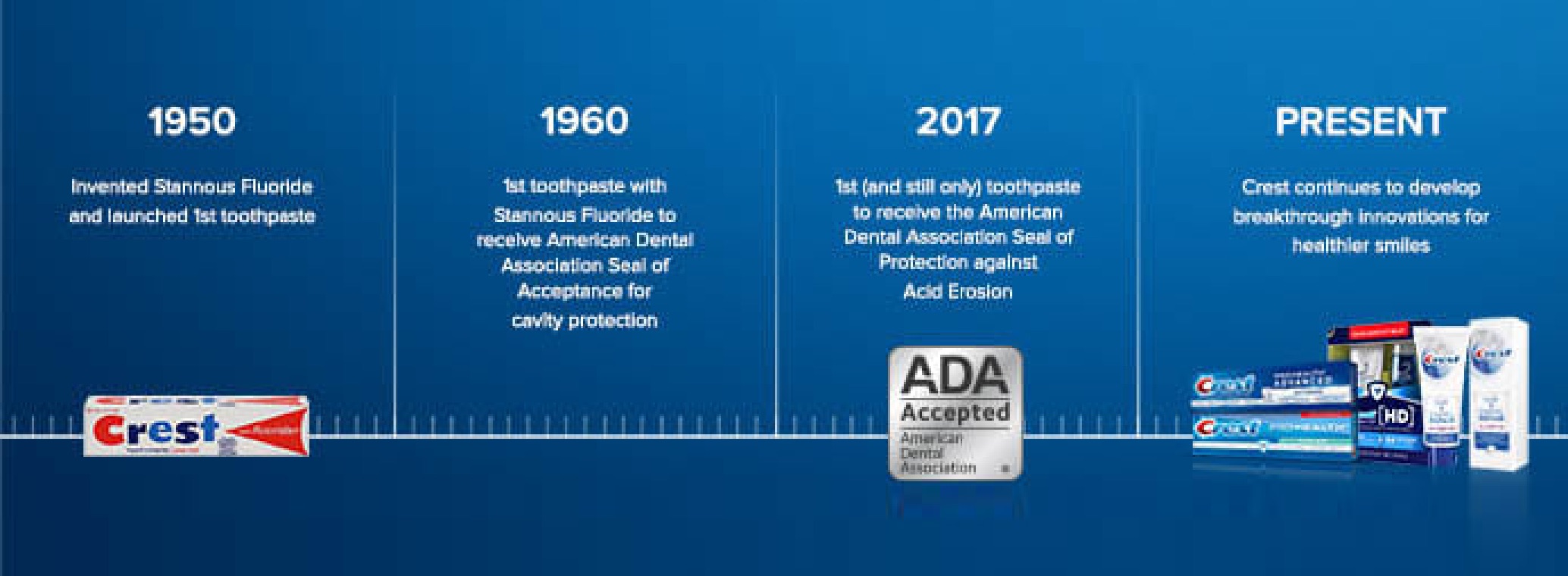
History
In the early 1940s Procter & Gamble began a research program to find ingredients that, when added to a toothpaste, would reduce tooth decay. At that time, Americans developed an estimated 700 million cavities a year, making dental disease one of the most prevalent U.S. health problems. In 1950, Procter & Gamble formed a joint research project team headed by Dr. Joseph Muhler at Indiana University to develop and test a new toothpaste with fluoride. Eventual exciting results from a clinical study of this toothpaste indicated that children ages six to 16 showed an average 49% reduction in cavities, and adults showed tooth decay reduction to almost the same degree. Following the success of this study, Crest with Fluoristan toothpaste launched into a number of test markets in 1955, followed by national expansion in January, 1956.
In 1960, the American Dental Association confirmed that Crest effectively prevents tooth decay. And by 1962, Crest had become the best-selling toothpaste in the United States.
Crest has been a leader in dental health innovations since its inception in 1955. In 2005, Crest was thrilled to celebrate its 50th year of providing healthy, beautiful smiles to families across the country.
Crest Achievements
- Within two years of its ADA acceptance in 1960, Crest’s sales nearly tripled, pushing Crest well ahead as the best-selling toothpaste in the United States.
- In 1976, the American Chemical Society recognized Crest with fluoride as one of the 100 greatestdiscoveries of the previous 100 years.
- Crest Pro-Health Toothpaste received the ADA Seal of Acceptance for protection against six different dental health conditions: cavities, gingivitis, plaque, sensitivity, teeth stains, and bad breath.
Crest’s Ongoing Research
In September 2006, Crest partnered with Scientific American magazine to present the most comprehensive information and expert opinions regarding the relationship between oral health and whole body wellness, including potential implications for future health-care models. The partnership showed that Crest is committed to furthering research in this area. In 2008, Crest and Oral-B, in collaboration with the American Dental Association, sponsored a survey on America's oral health care. Highlights of the survey findings* include:
While eight of 10 Americans say taking care of one’s mouth, teeth and gums is “absolutely needed,” only one-third of them say they do an “excellent” job taking care of them.
One parent in four says his or her kids do only a “fair” or “poor” job taking care of their own mouth, teeth and gums.
Americans deem the smile the most important physical attribute but do not realize a beautiful smile is not always a healthy smile and can mask underlying oral health problems. More than one in three Americans say:
- They think a little bleeding from brushing is normal (33%), yet it’s not. It could be a sign of gum disease or something even worse.
- They are unaware that periodontal disease needs to be treated and cannot be left alone (33%).
- They were unaware that poor oral health has been associated with serious health conditions such as stroke, heart disease and diabetes (37%).
*“Chronology of important chemical and related events since 1876.” Chemical and Engineering News April 6th, 1976: pages 91-92.
Discover More
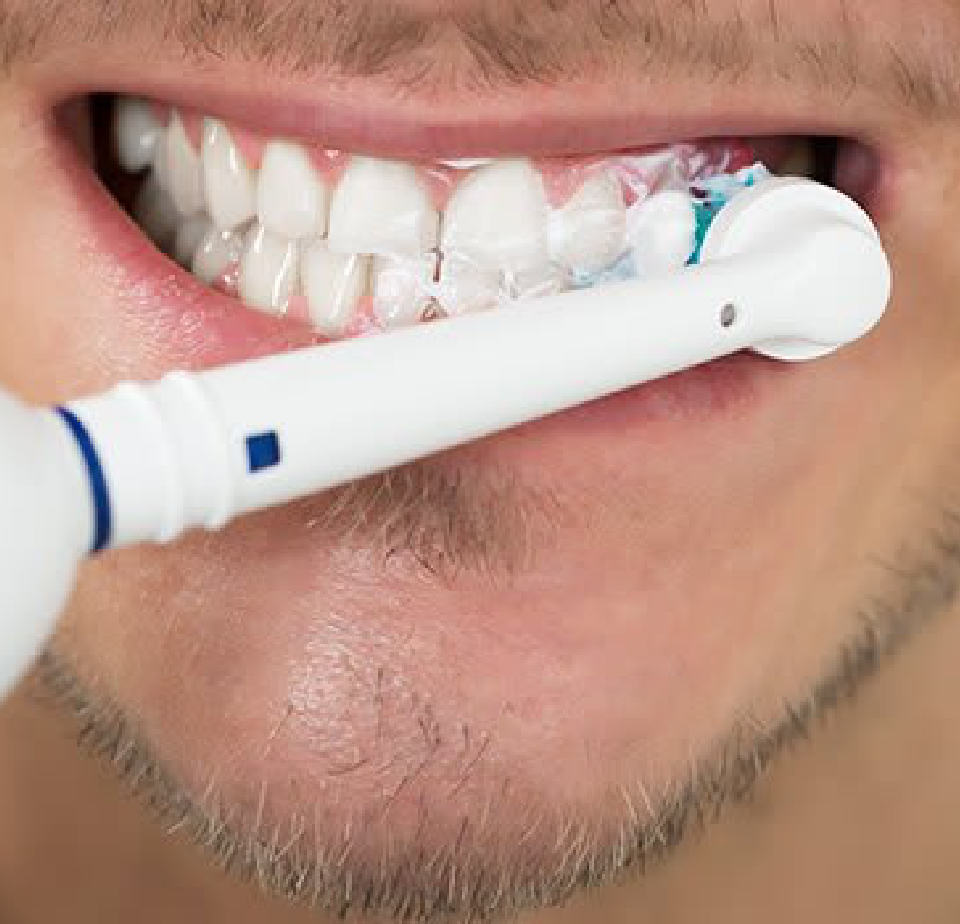 The Best Toothpaste for Gingivitis and Gum Disease
The Best Toothpaste for Gingivitis and Gum Disease